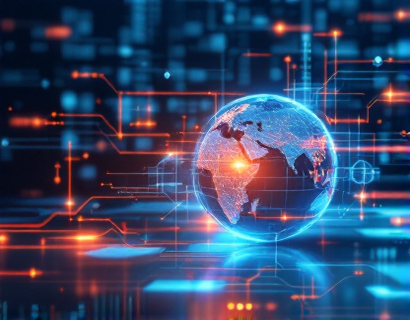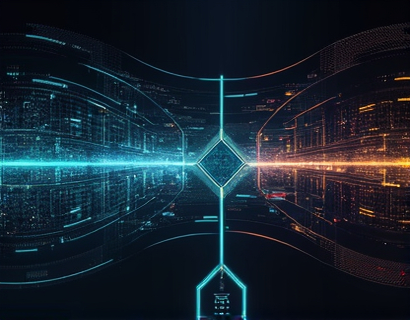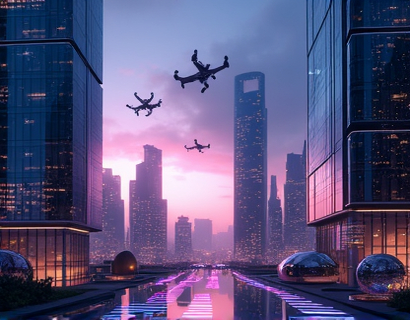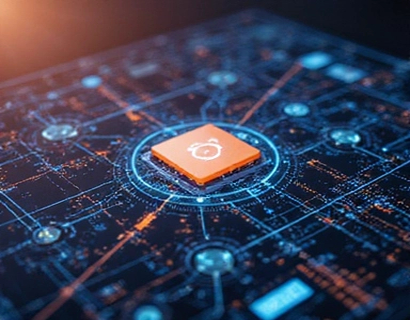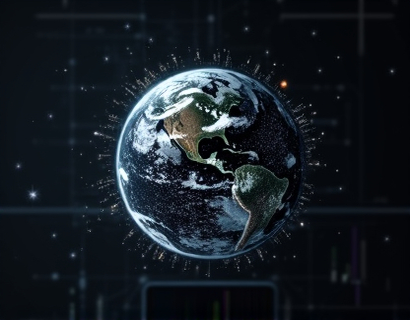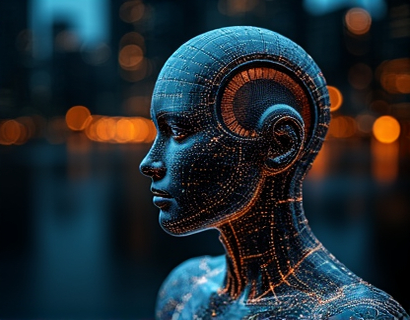AI-Driven Document Translation: Revolutionizing Global Communication
In an increasingly interconnected world, the need for efficient and accurate multilingual document translation has become paramount. Traditional translation methods often fall short in terms of speed, accuracy, and cultural sensitivity, leading to miscommunications and lost opportunities. The advent of AI-driven document translation technology has transformed the landscape of global communication, offering a sophisticated solution that automates the translation process with unprecedented precision and cultural awareness. This article delves into the transformative impact of advanced automatic translation technology, highlighting how it is revolutionizing the way businesses and individuals manage multilingual documents.
Understanding AI-Driven Translation
AI-driven document translation leverages machine learning algorithms and natural language processing to convert text from one language to another. Unlike rule-based systems that rely on predefined linguistic rules, AI translation models learn from vast datasets, enabling them to understand context, nuances, and idiomatic expressions. This learning process involves training on extensive corpora, which include diverse texts from various domains, ensuring the translation model is well-versed in multiple styles and genres.
The core of AI translation technology lies in its ability to adapt and improve over time. Through continuous learning, these systems refine their translations, reducing errors and enhancing accuracy. This adaptability is crucial in handling the complexities of language, where meaning can shift based on context, tone, and cultural background. By integrating advanced AI algorithms, translation tools can provide more reliable and culturally sensitive translations, bridging the gap between languages and cultures.
Precision and Accuracy in Translation
One of the most significant advantages of AI-driven document translation is its precision and accuracy. Traditional translation methods often result in literal translations that fail to capture the intended meaning or context. AI translation, however, goes beyond word-for-word conversion, focusing on the semantic and pragmatic aspects of language. This approach ensures that the translated text not only conveys the literal meaning but also maintains the original tone, style, and intent.
Accuracy in translation is critical, especially in professional and legal contexts where misunderstandings can lead to significant consequences. AI translation systems use context-aware algorithms to handle technical jargon, industry-specific terminology, and complex sentence structures. This level of precision is particularly beneficial for businesses dealing with international contracts, research papers, and technical documents, where accuracy is non-negotiable.
Cultural Sensitivity in Translation
Cultural sensitivity is another area where AI-driven translation excels. Language is deeply intertwined with culture, and a successful translation must respect and reflect the cultural nuances of the target language. AI translation models are trained on diverse datasets that include cultural references, idioms, and colloquial expressions, enabling them to produce translations that resonate with the target audience.
For instance, certain phrases or expressions may not have direct equivalents in the target language, but AI translation can find appropriate local equivalents that convey the same meaning and emotional weight. This cultural adaptation is essential for maintaining the authenticity and effectiveness of the translated content, whether it's marketing materials, customer support documents, or educational resources.
Time and Resource Savings
The efficiency of AI-driven document translation translates directly into time and resource savings. Traditional translation processes often involve human translators who work manually, a method that is both time-consuming and costly. AI translation automates the process, significantly reducing the time required to produce high-quality translations. This automation allows businesses to handle large volumes of documents quickly, without compromising on quality.
Moreover, AI translation tools can be integrated into existing workflows, streamlining the translation process and reducing the need for manual intervention. This integration not only saves time but also minimizes the risk of human error, ensuring consistent and reliable translations. For organizations dealing with frequent document translation needs, such as multinational corporations and global publishing houses, AI translation offers a scalable and cost-effective solution.
Enhancing International Collaboration
The impact of AI-driven document translation on international collaboration cannot be overstated. In a globalized business environment, effective communication across language barriers is essential for successful partnerships, negotiations, and project management. AI translation tools facilitate seamless communication, enabling teams from different parts of the world to collaborate more effectively.
For example, in international research collaborations, scientists and researchers can share their findings and documents in real-time, with accurate translations ensuring that all team members understand the content fully. Similarly, in global marketing efforts, companies can create and distribute localized content quickly, tailored to the cultural preferences of each target market. This capability enhances the reach and impact of marketing campaigns, fostering stronger connections with international audiences.
Challenges and Limitations
Despite its numerous advantages, AI-driven document translation is not without challenges. One of the primary limitations is the variability in language quality and structure. Some languages have complex grammatical structures or limited written resources, which can pose challenges for AI translation models. Additionally, highly specialized or niche topics may lack sufficient training data, leading to less accurate translations in these areas.
Another challenge is the potential loss of human touch in translation. While AI translation can handle most tasks efficiently, certain contexts require the nuanced understanding and creativity that human translators provide. For highly sensitive or creative content, such as literature or poetry, human oversight remains essential to ensure the translation captures the intended emotional and artistic qualities.
Future Developments in AI Translation
The field of AI-driven document translation is rapidly evolving, with ongoing research and development pushing the boundaries of what is possible. One area of focus is the improvement of low-resource language support, where AI models are trained on smaller datasets to handle less commonly spoken languages. Advances in transfer learning and multilingual models are making it possible to transfer knowledge from well-resourced languages to those with limited data, enhancing translation quality across a broader range of languages.
Another exciting development is the integration of AI translation with other technologies, such as augmented reality and virtual reality. These integrations can create immersive translation experiences, where users can interact with translated content in real-time, further breaking down language barriers. Additionally, the incorporation of sentiment analysis and emotional intelligence in AI translation models can lead to more empathetic and contextually appropriate translations.
Conclusion
AI-driven document translation is revolutionizing global communication by providing precise, accurate, and culturally sensitive translations. This technology not only saves time and resources but also enhances international collaboration and expands the reach of businesses and individuals in the global market. As AI translation continues to evolve, it will address current limitations and open new possibilities for seamless multilingual communication. Embracing this advanced technology is no longer an option but a necessity for anyone looking to thrive in a connected world.









